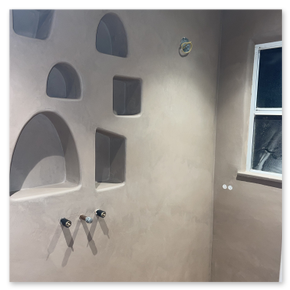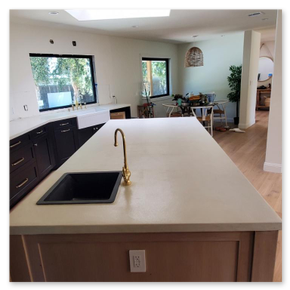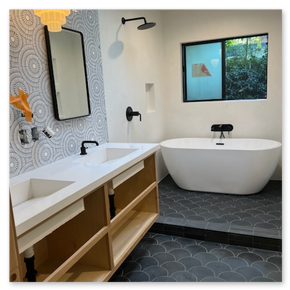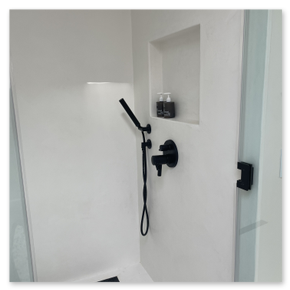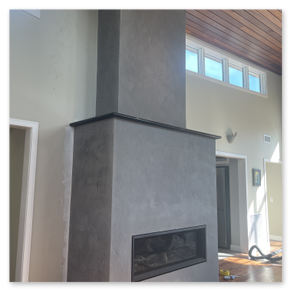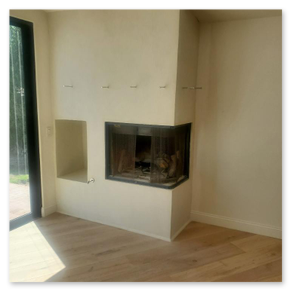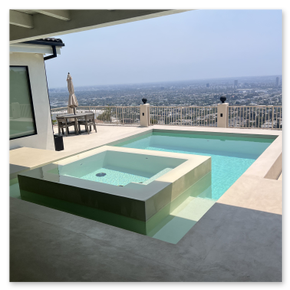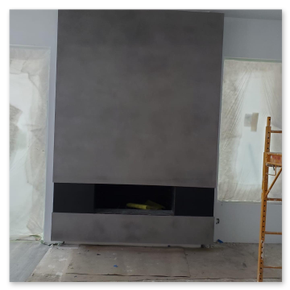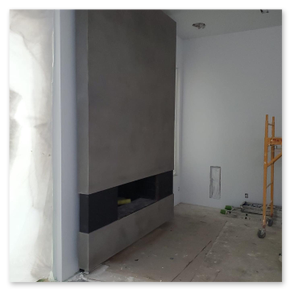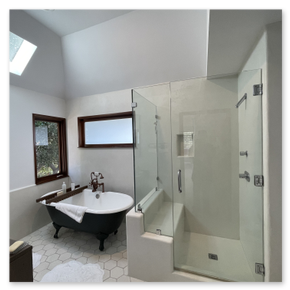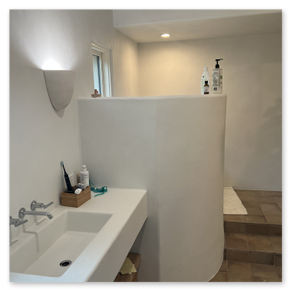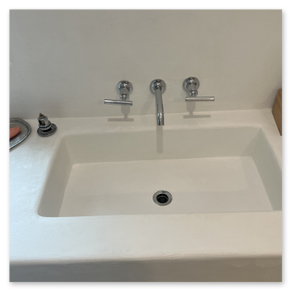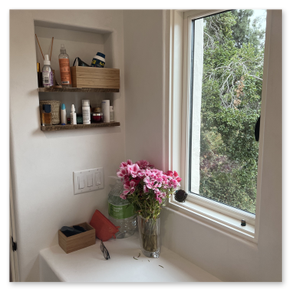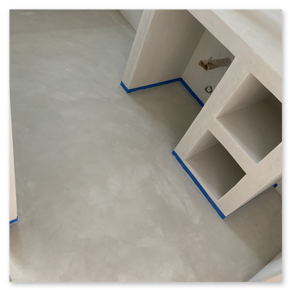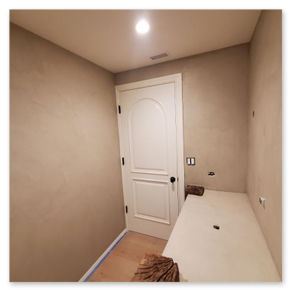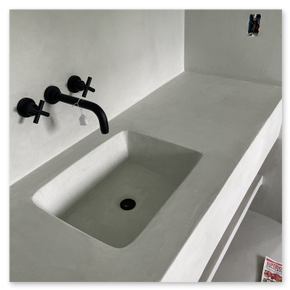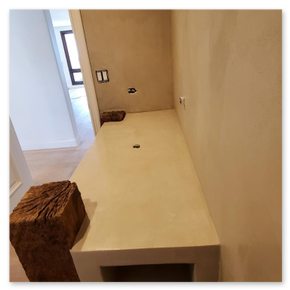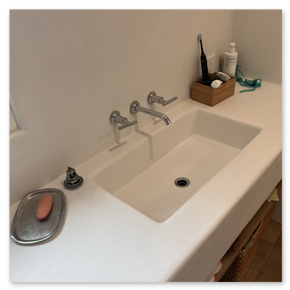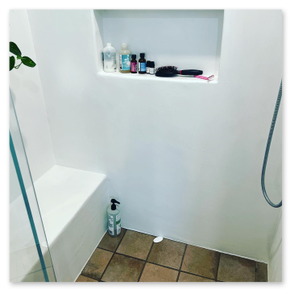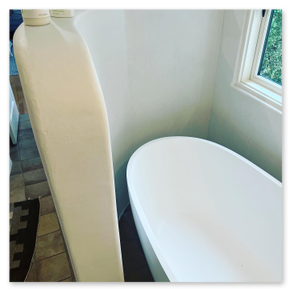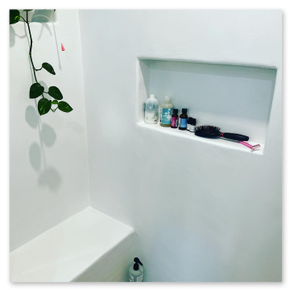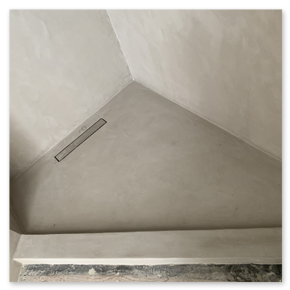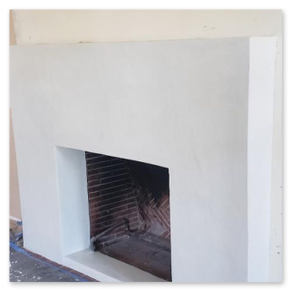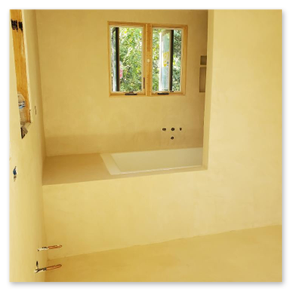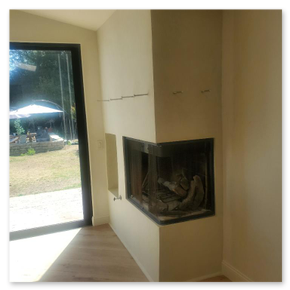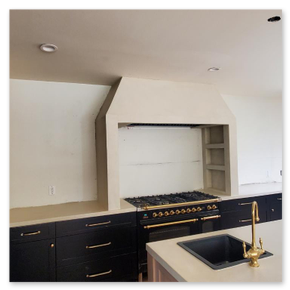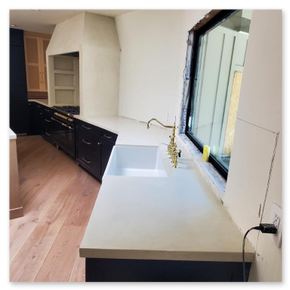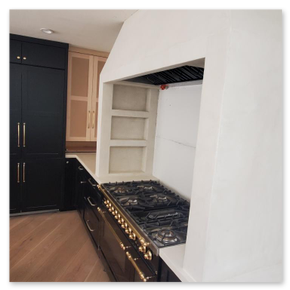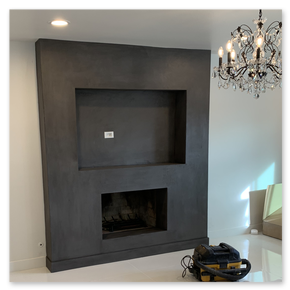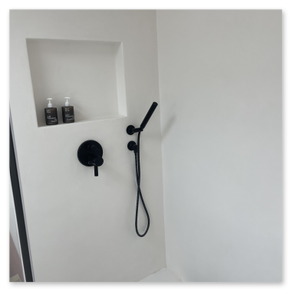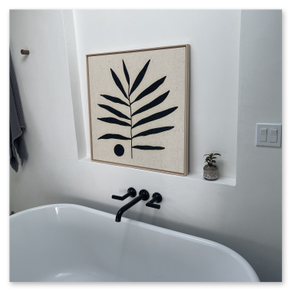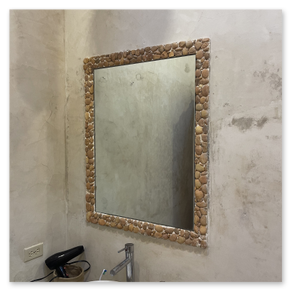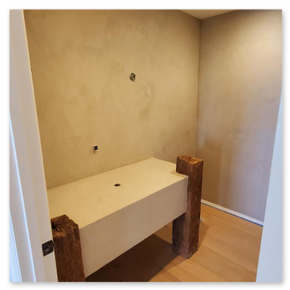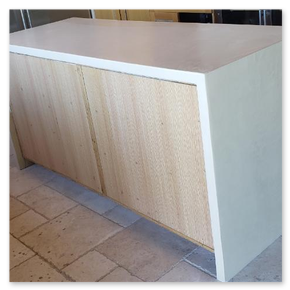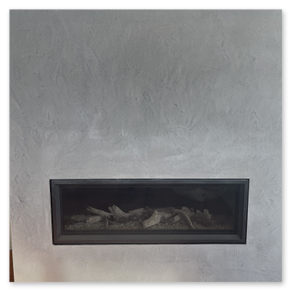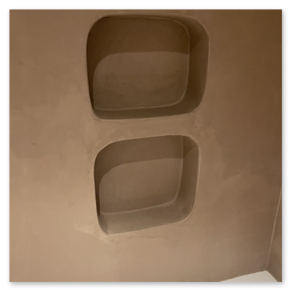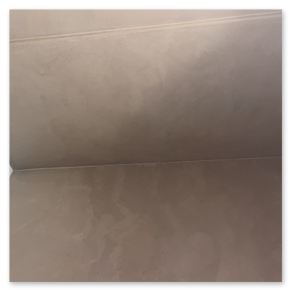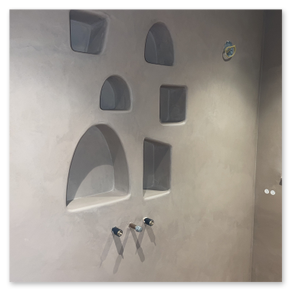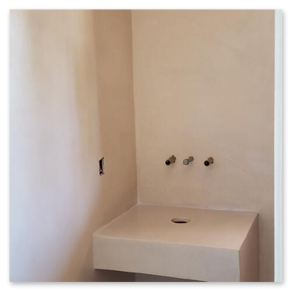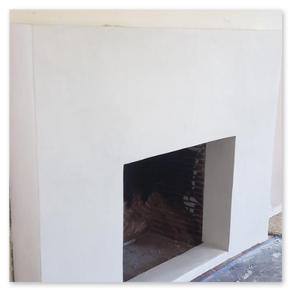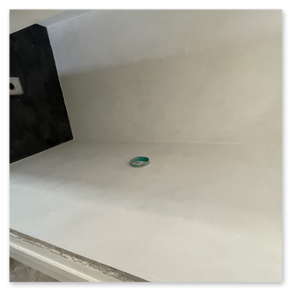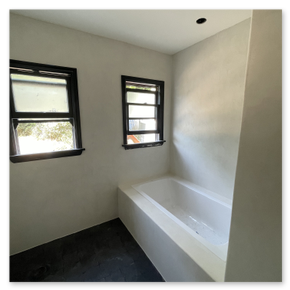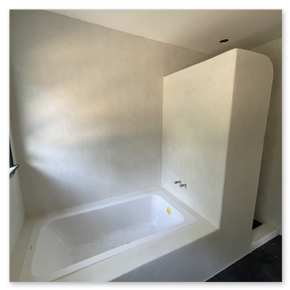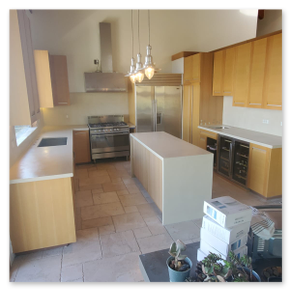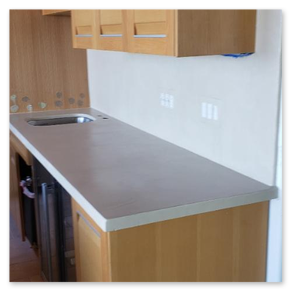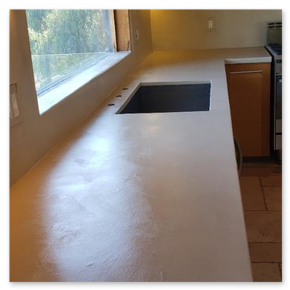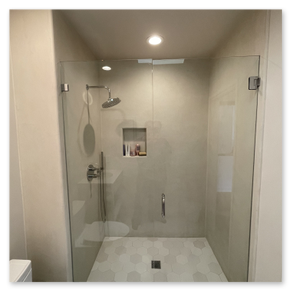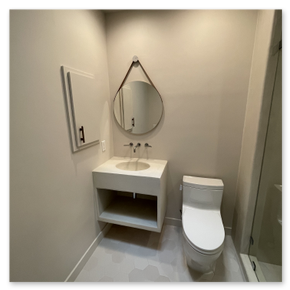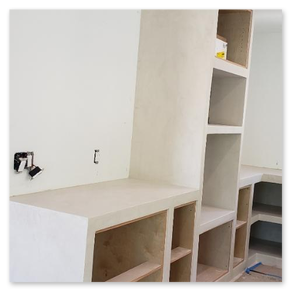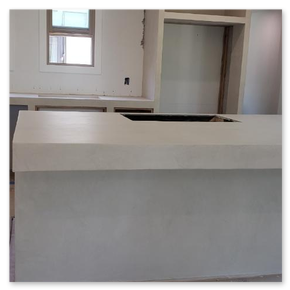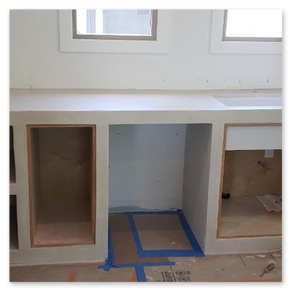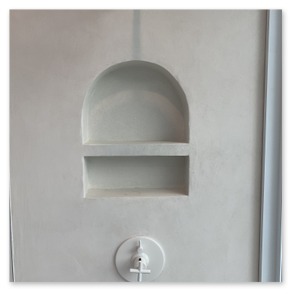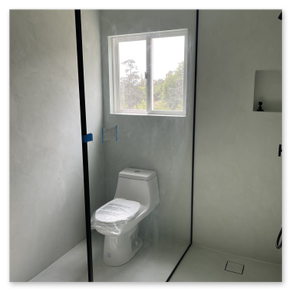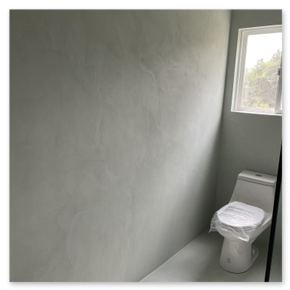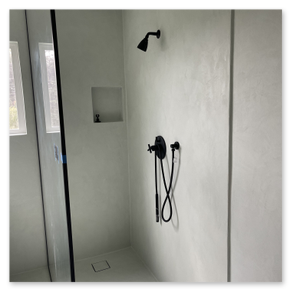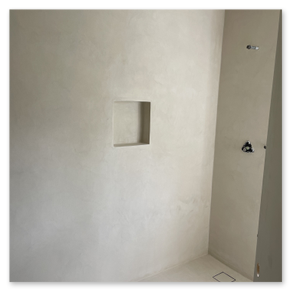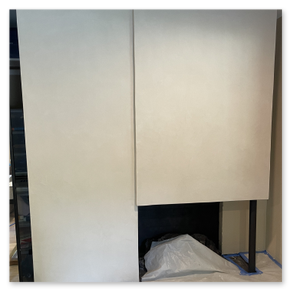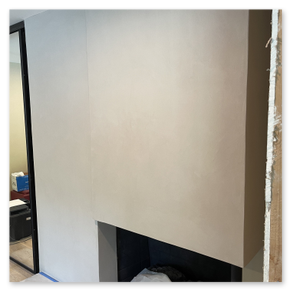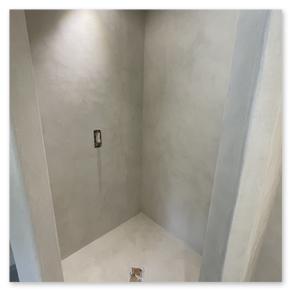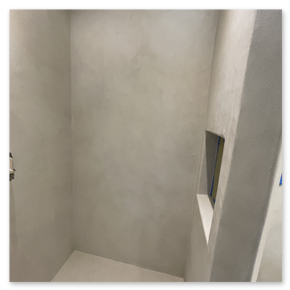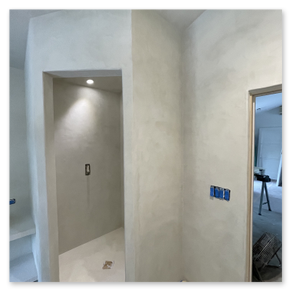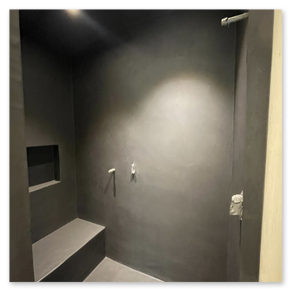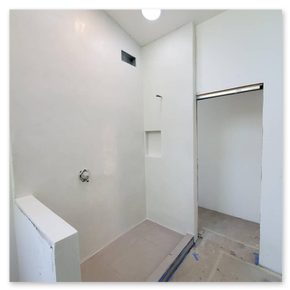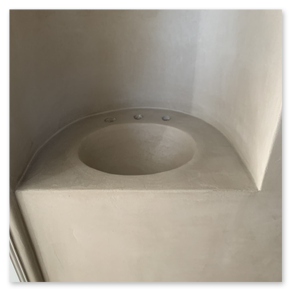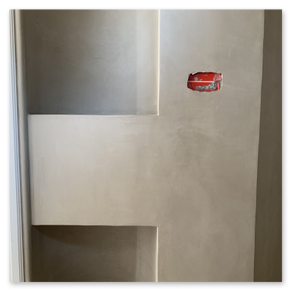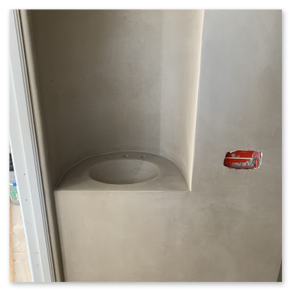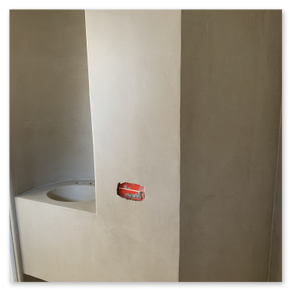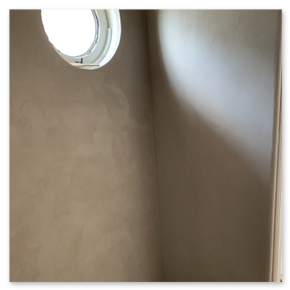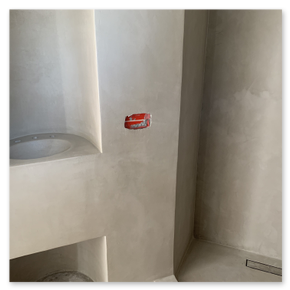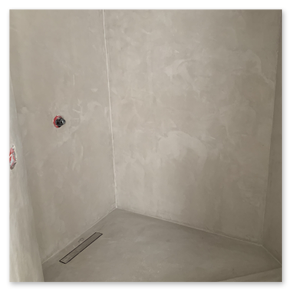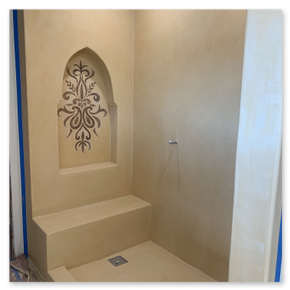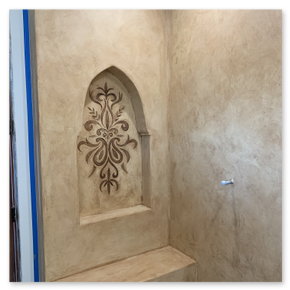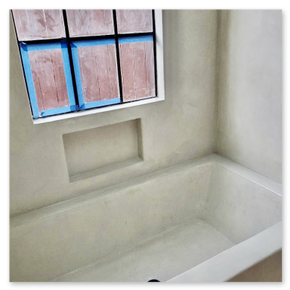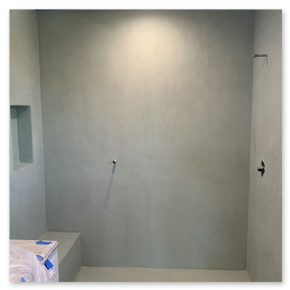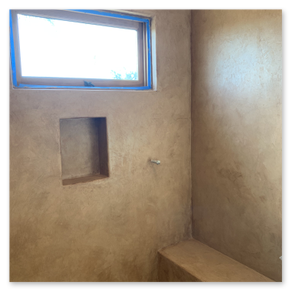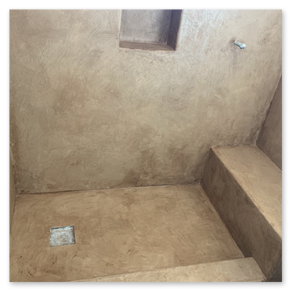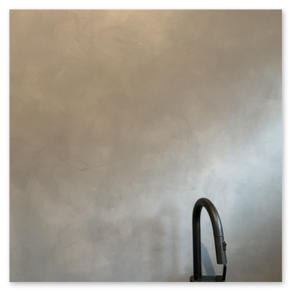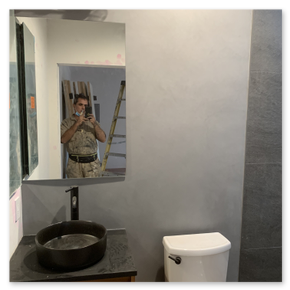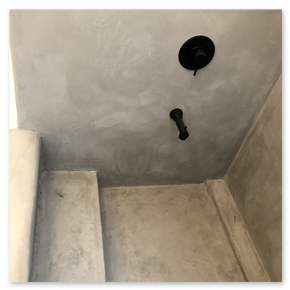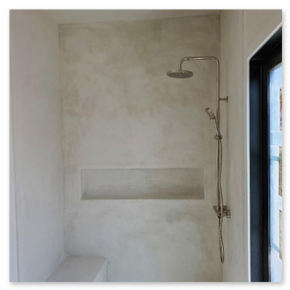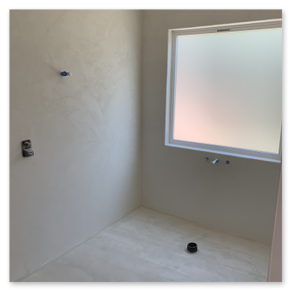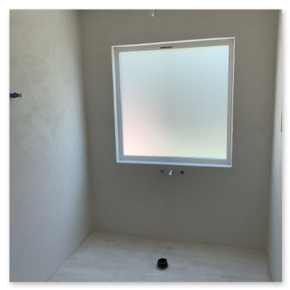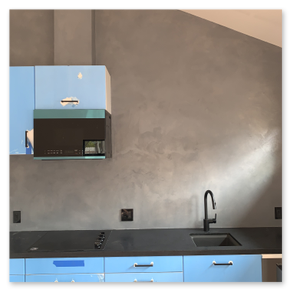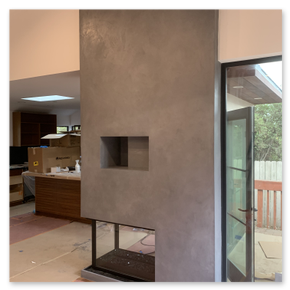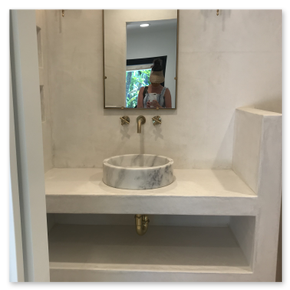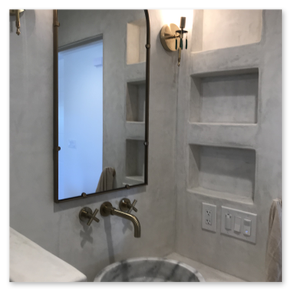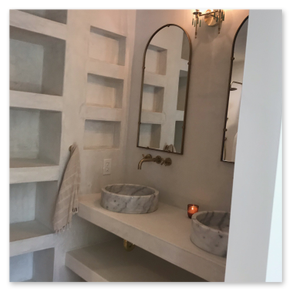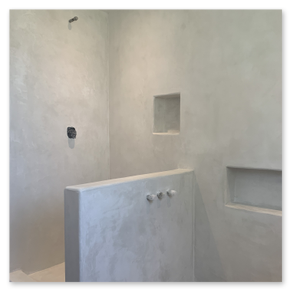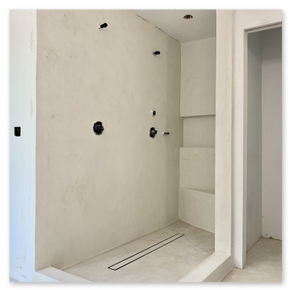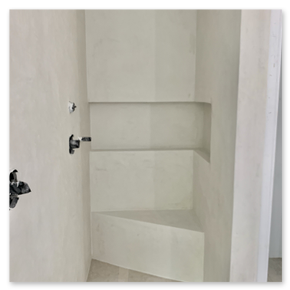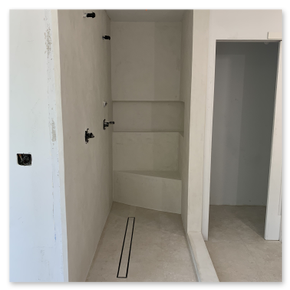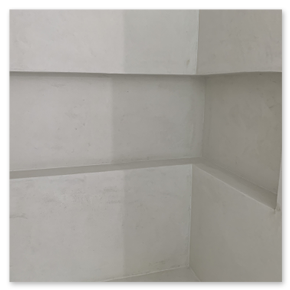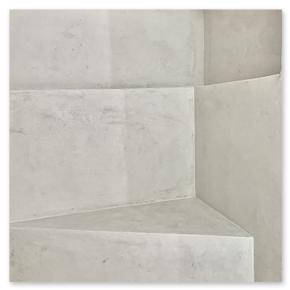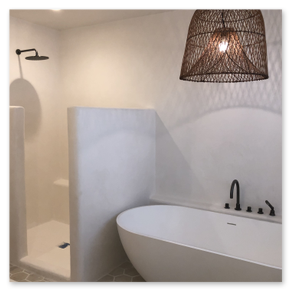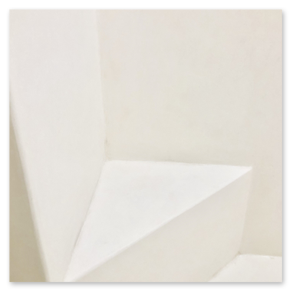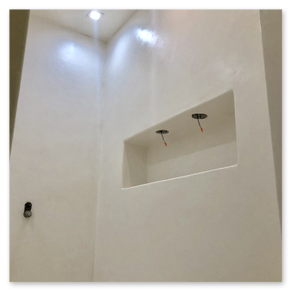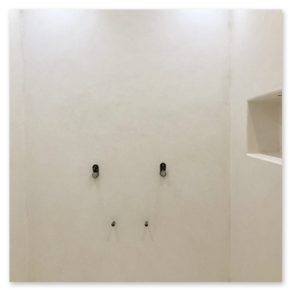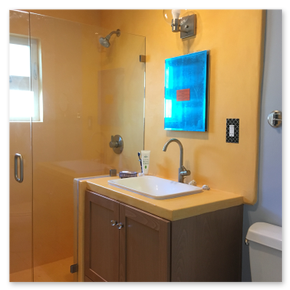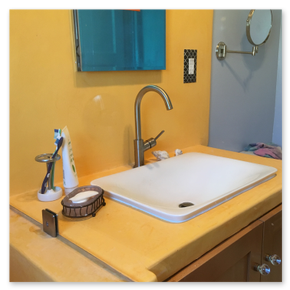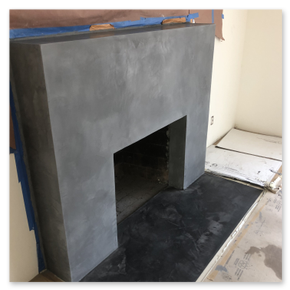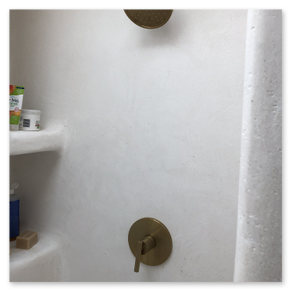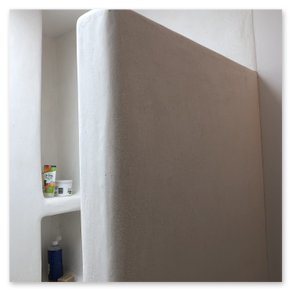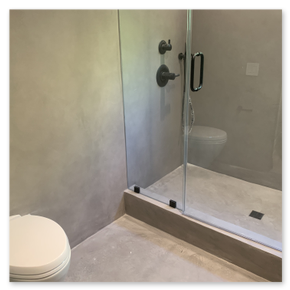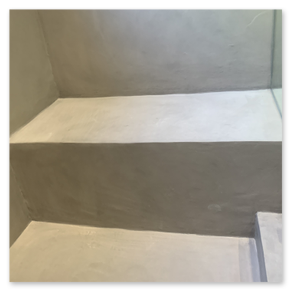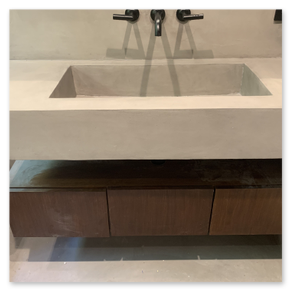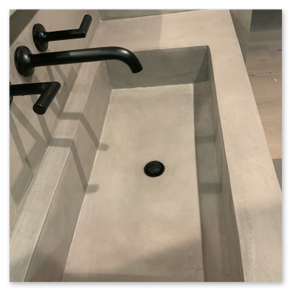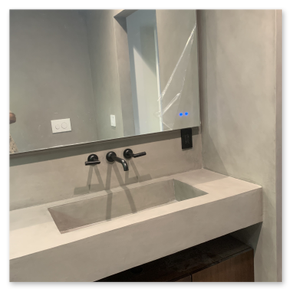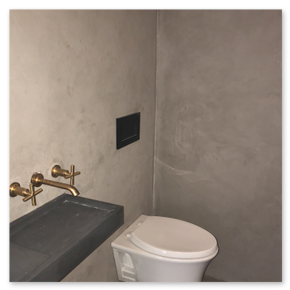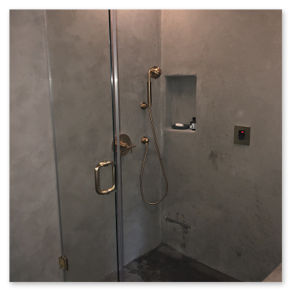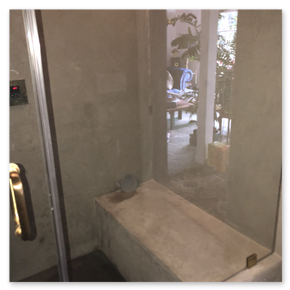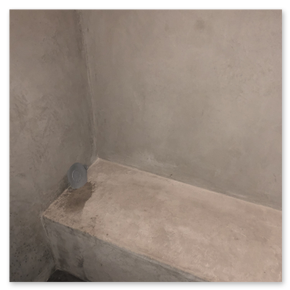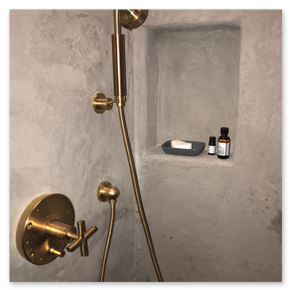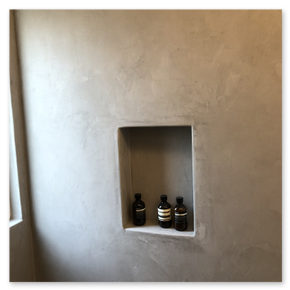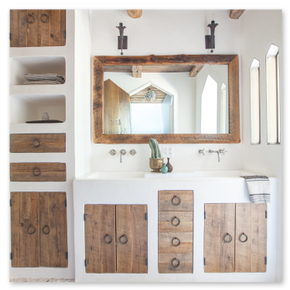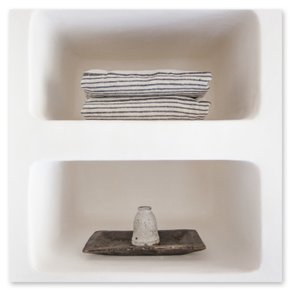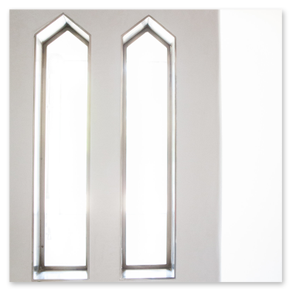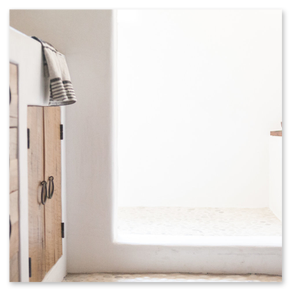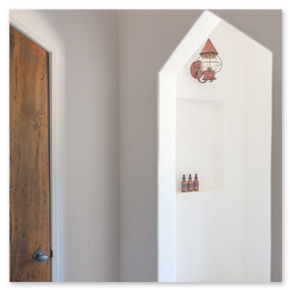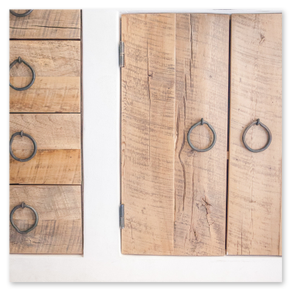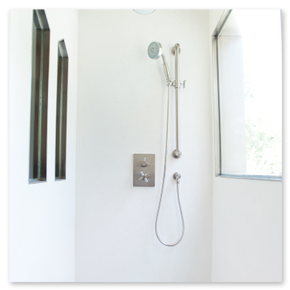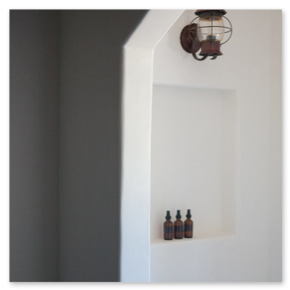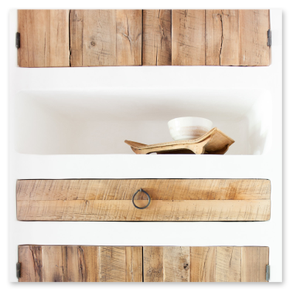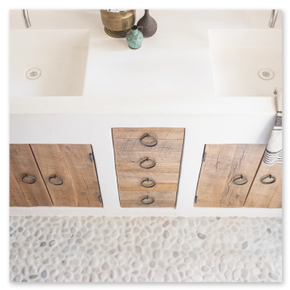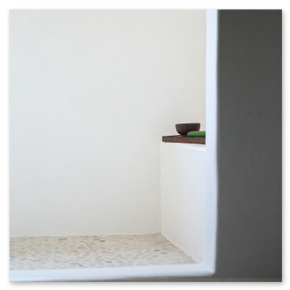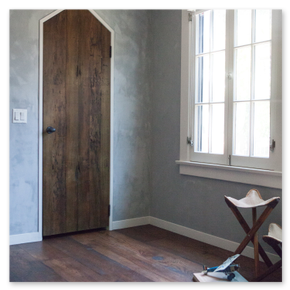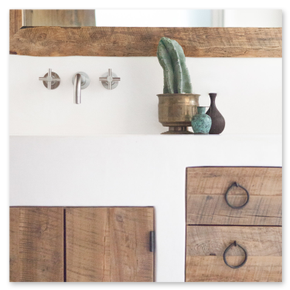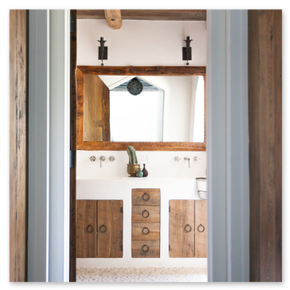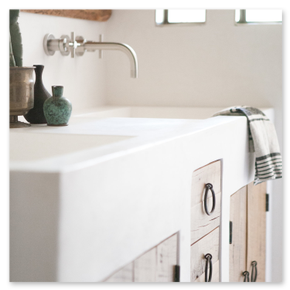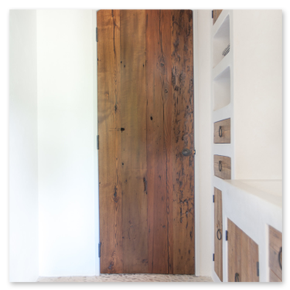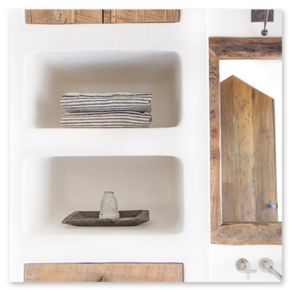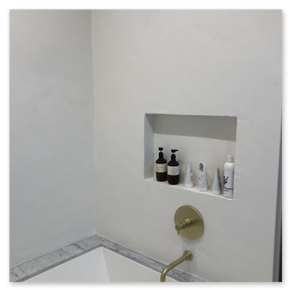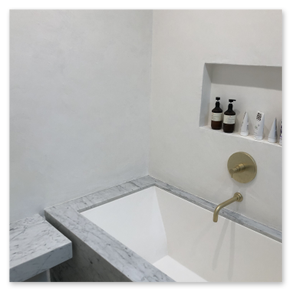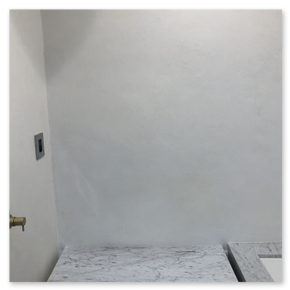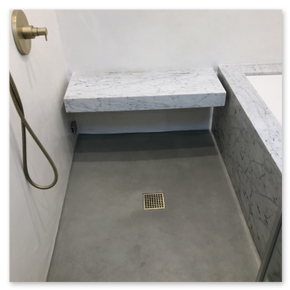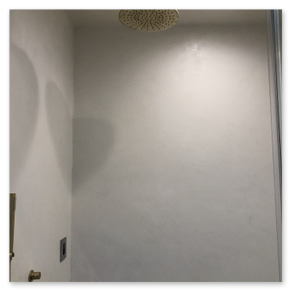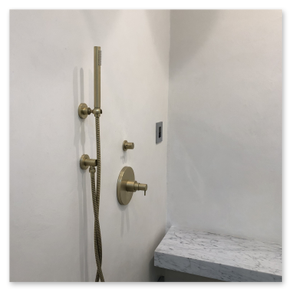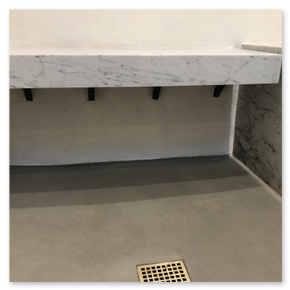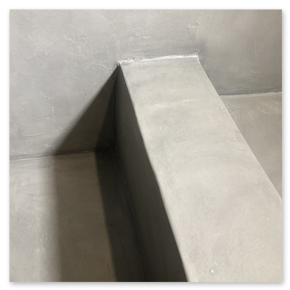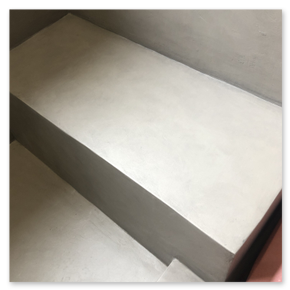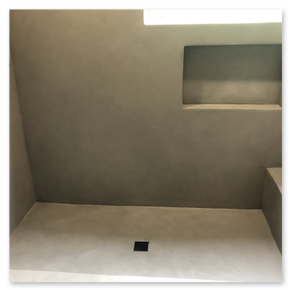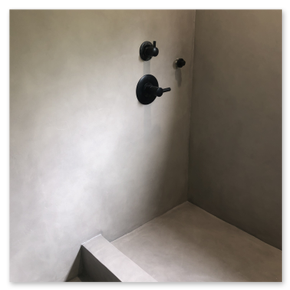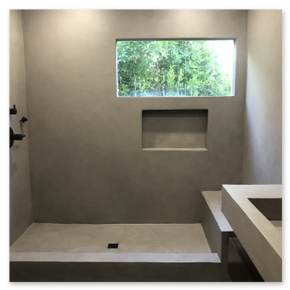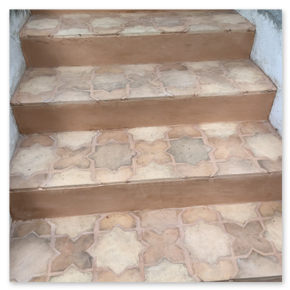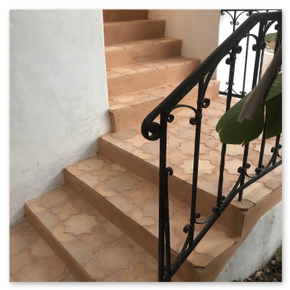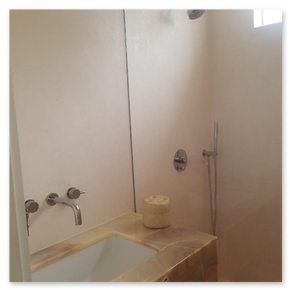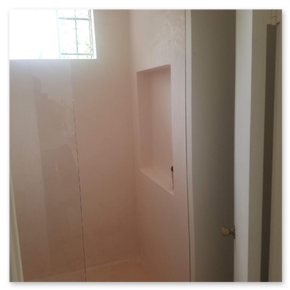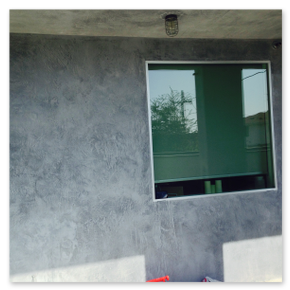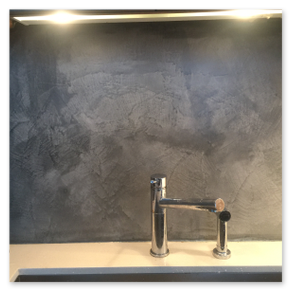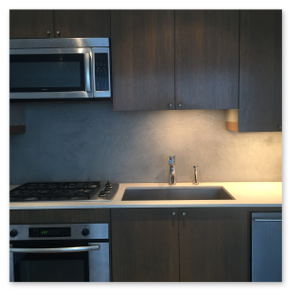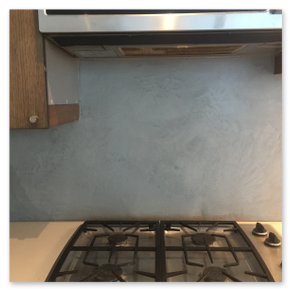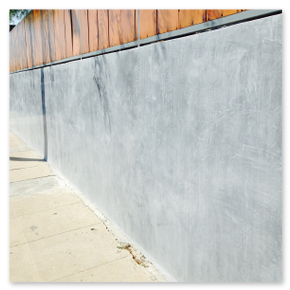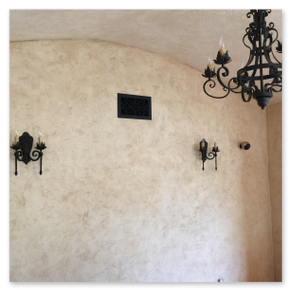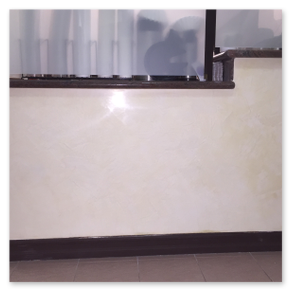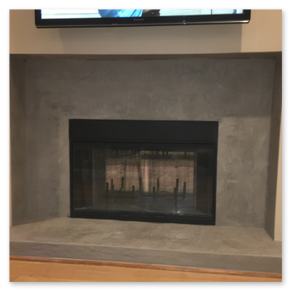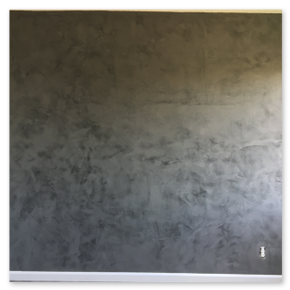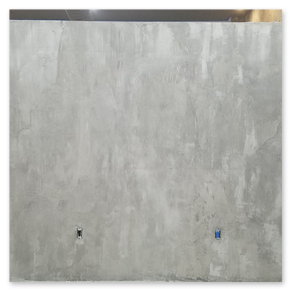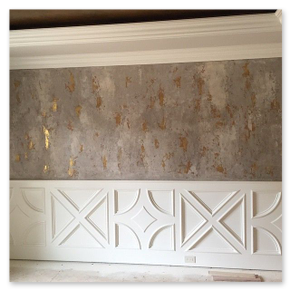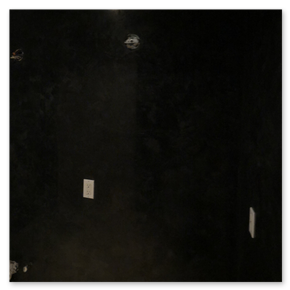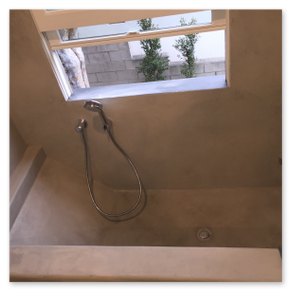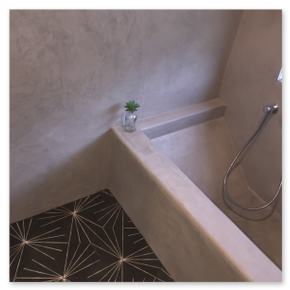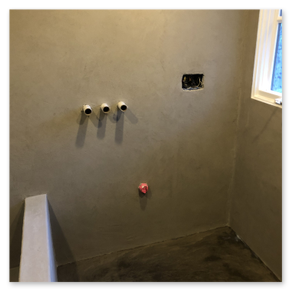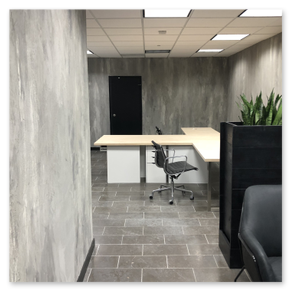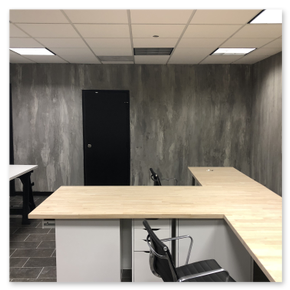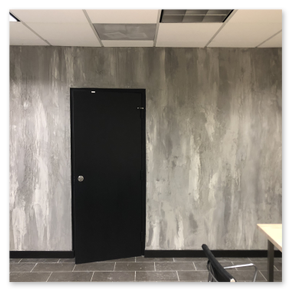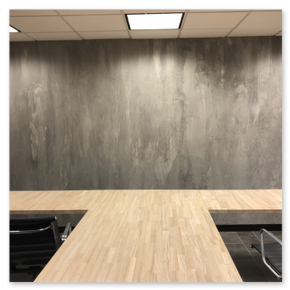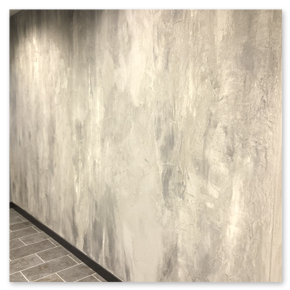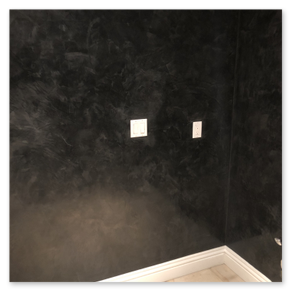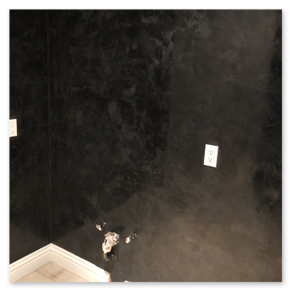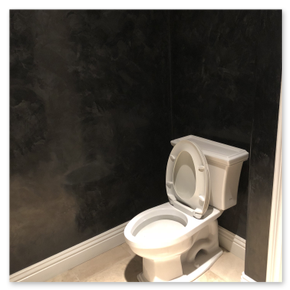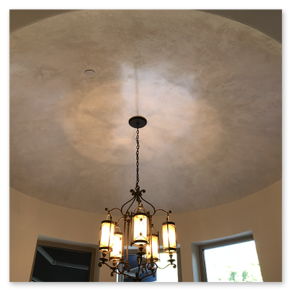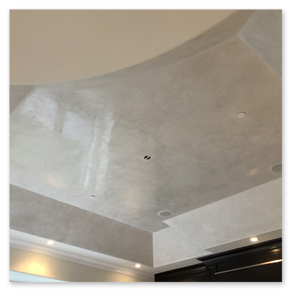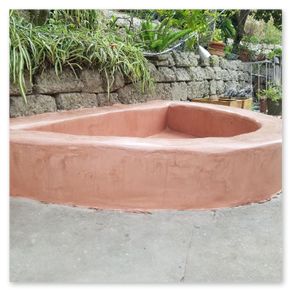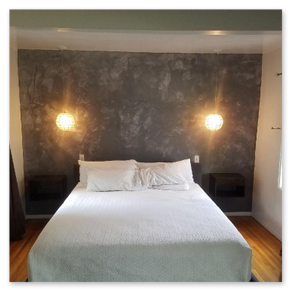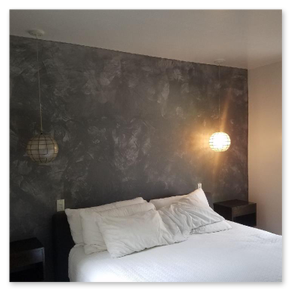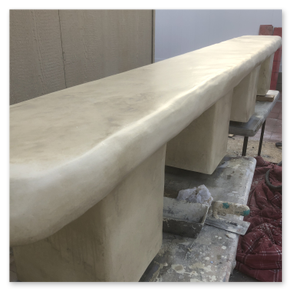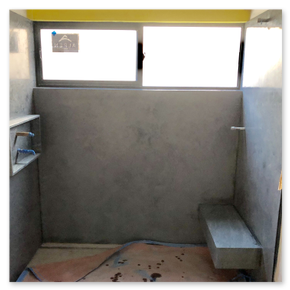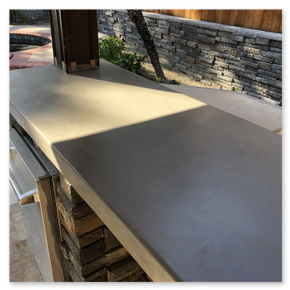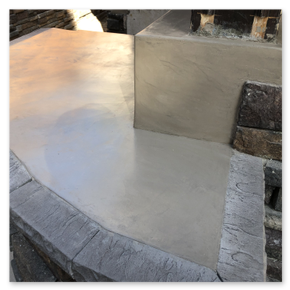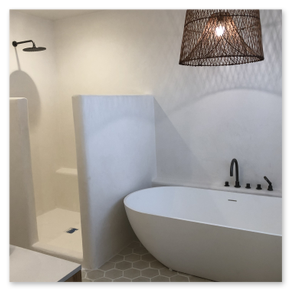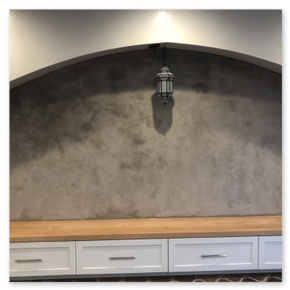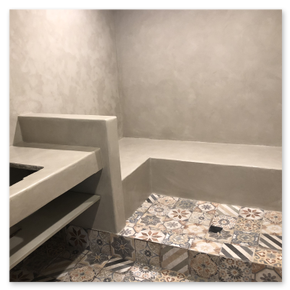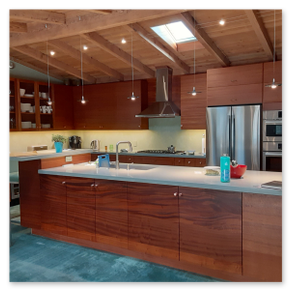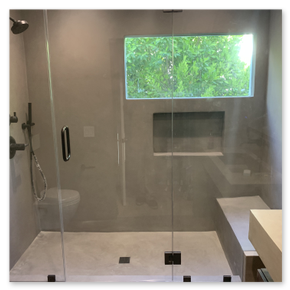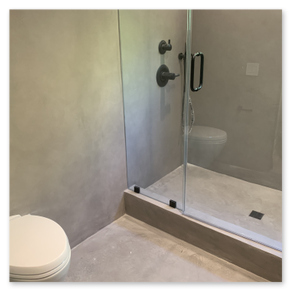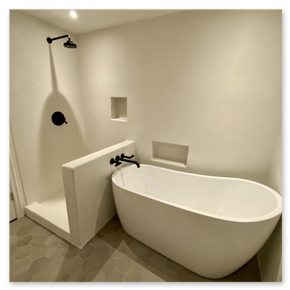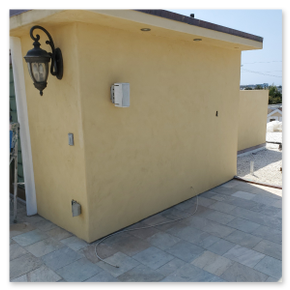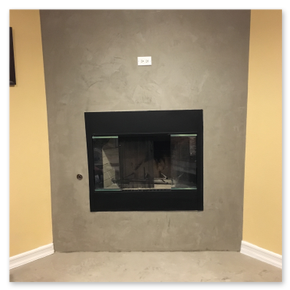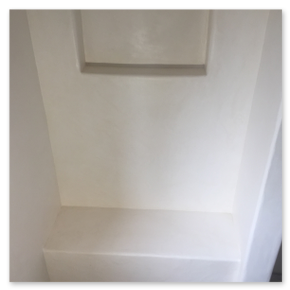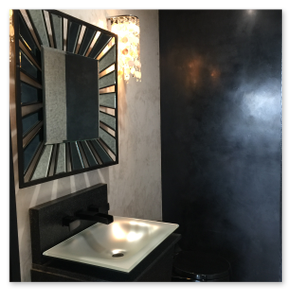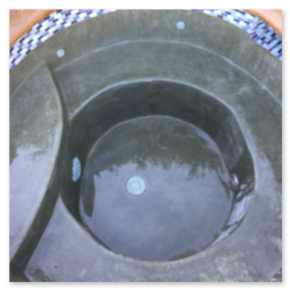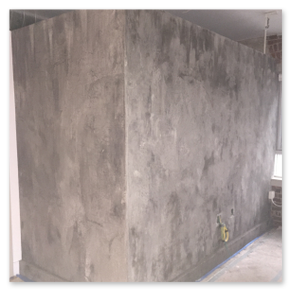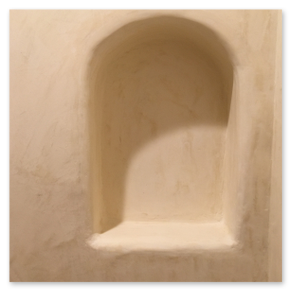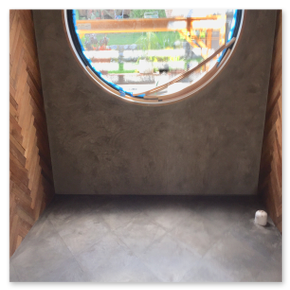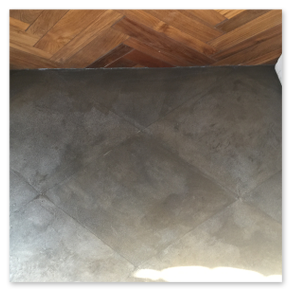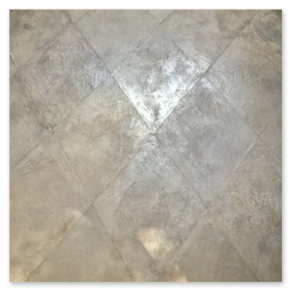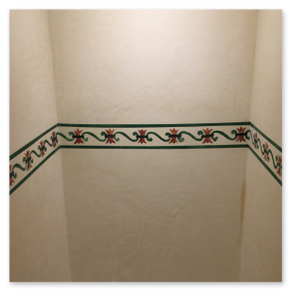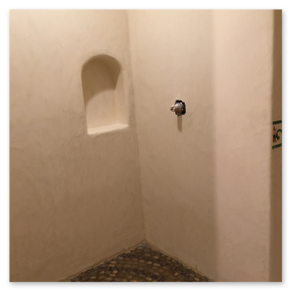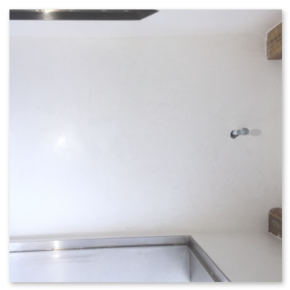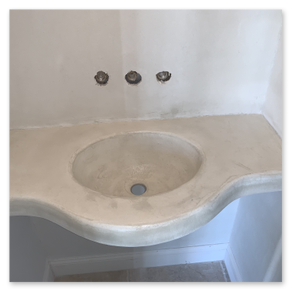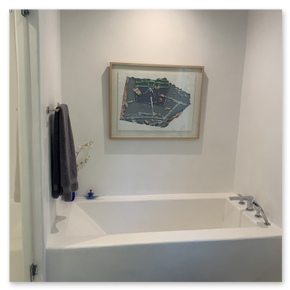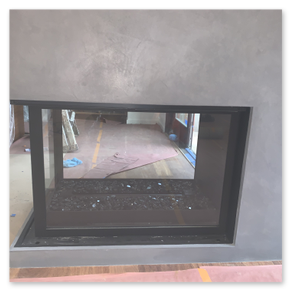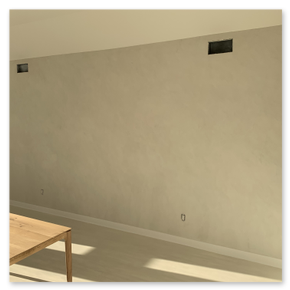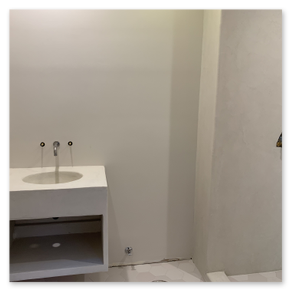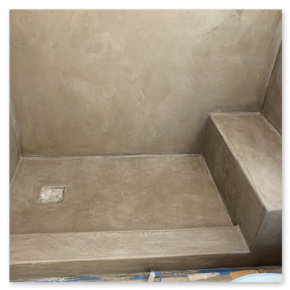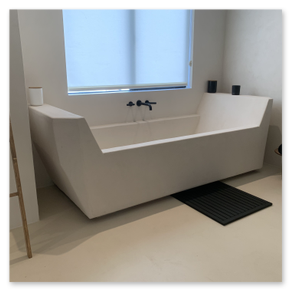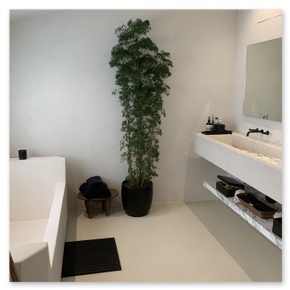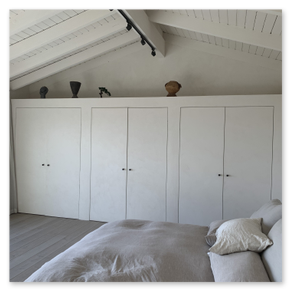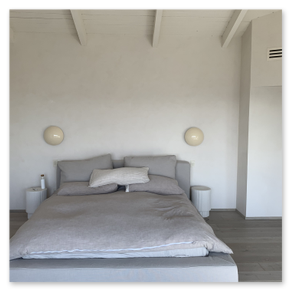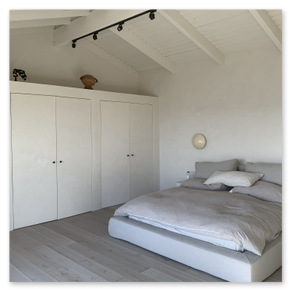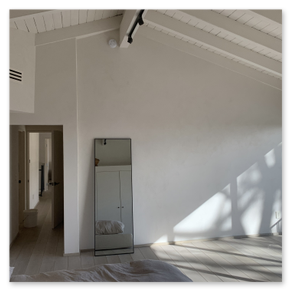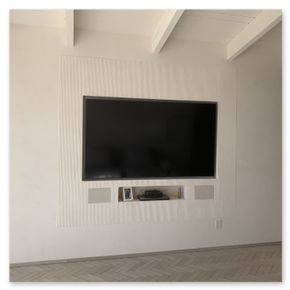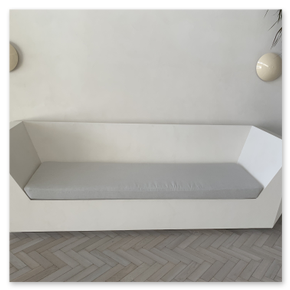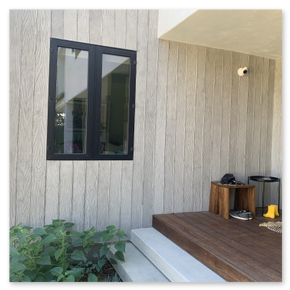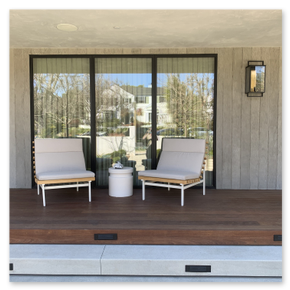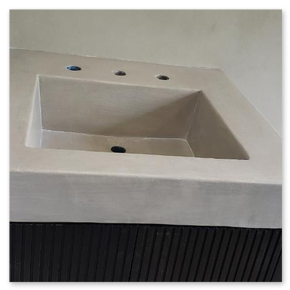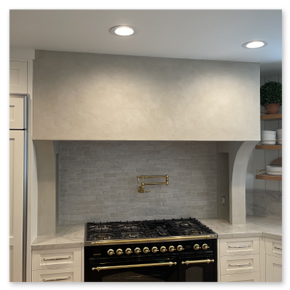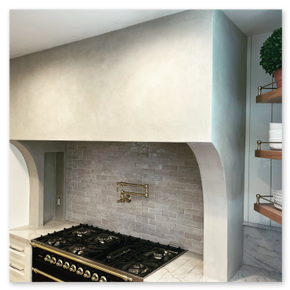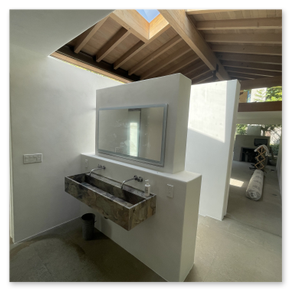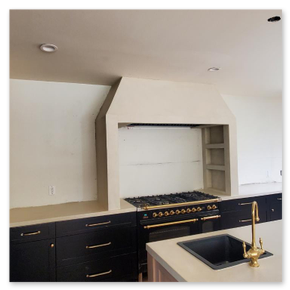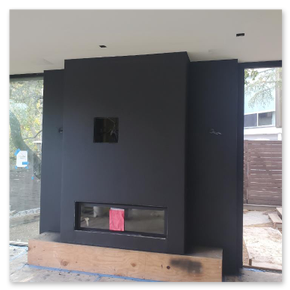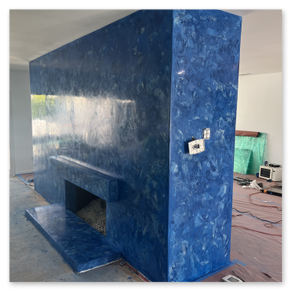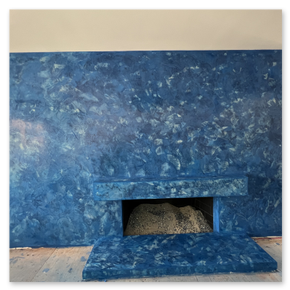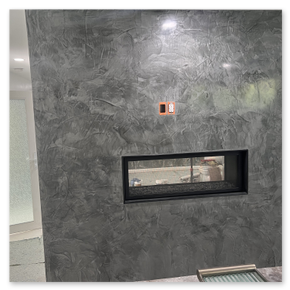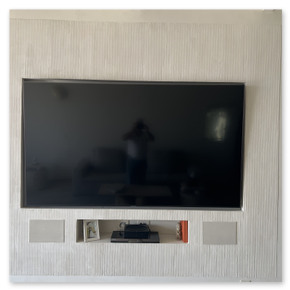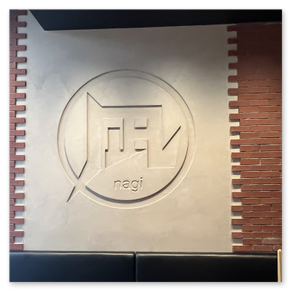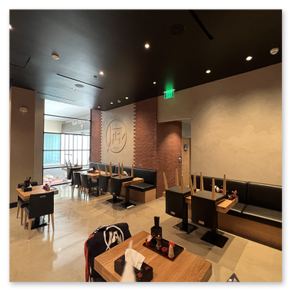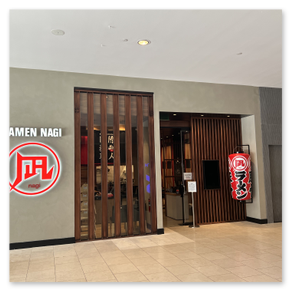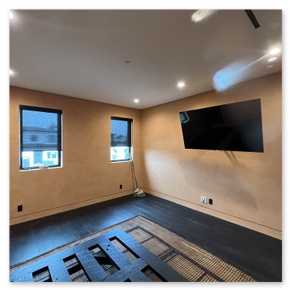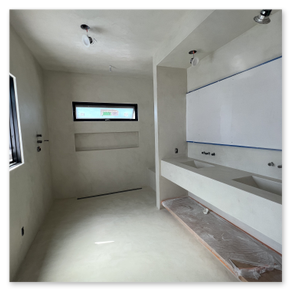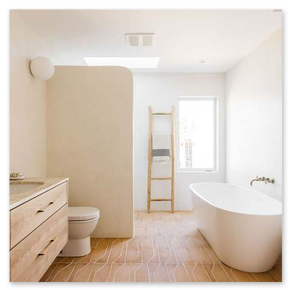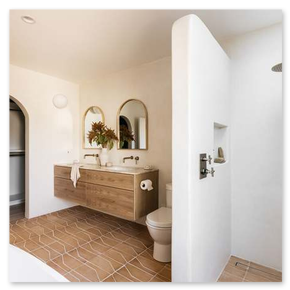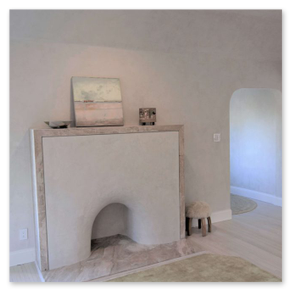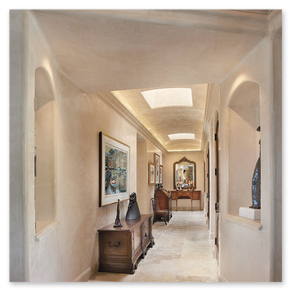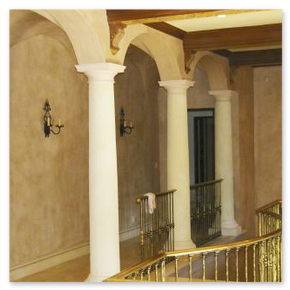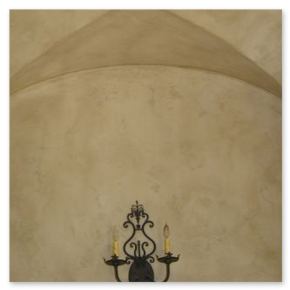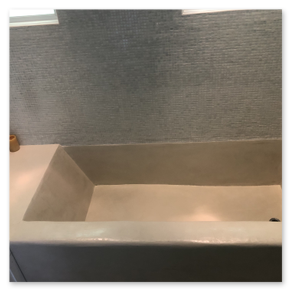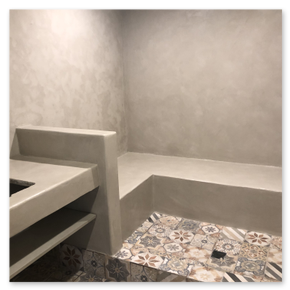Microcement Flooring
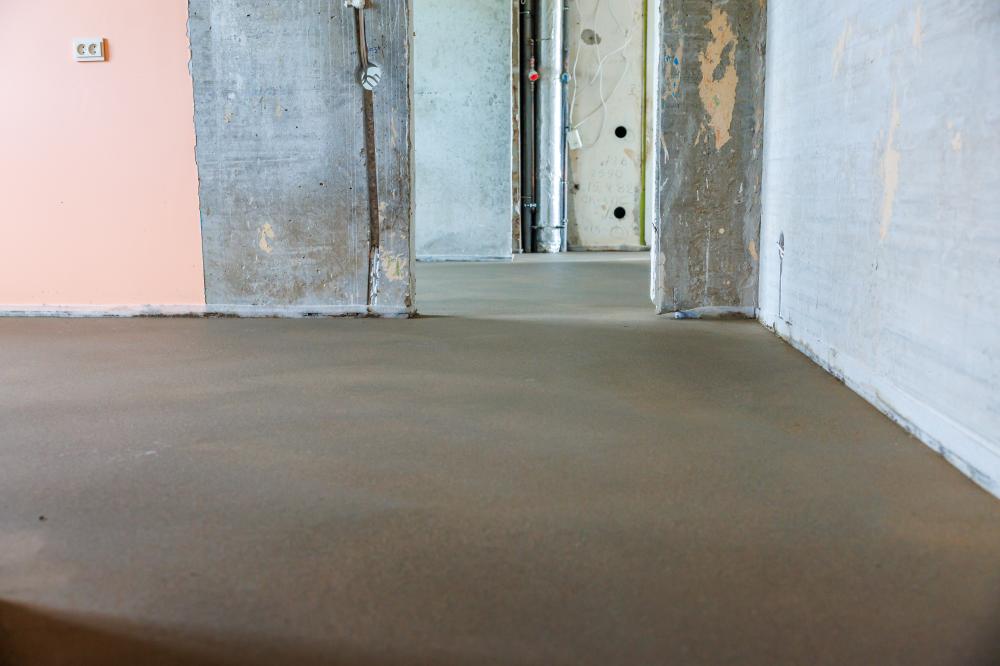
Microcement Flooring Basics
Microcement flooring has gained popularity for its seamless elegance and functionality. Derived from a blend of cement, polymers, and natural pigments, this versatile coating can be applied over almost any existing surface, including tile, wood, or concrete. Its thin application, typically no more than three millimeters, offers a sleek, modern aesthetic while preserving structural integrity.
The appeal of microcement flooring lies in its ability to create continuous, grout-free surfaces, enhancing both style and hygiene. Ideal for settings that demand minimal maintenance, microcement presents a robust alternative to traditional flooring options, offering exceptional resistance to wear and moisture.
Installation Process
Preparation of SubstrateThe installation of microcement flooring begins with meticulous preparation of the substrate. A clean, stable base is essential for successful adhesion. Depending on the existing materials, installers may apply a primer to enhance bonding, ensuring the microcement layers adhere firmly to the surface.
Layer ApplicationThe process involves multiple layers, beginning with a base coat reinforced with fiberglass mesh to prevent cracking. The mesh provides additional strength, crucial for high-traffic areas. Subsequent layers of pigmented microcement are then applied, with each layer sanded for smoothness.
Finally, decorative finishes and protective sealers are added. These top layers not only enhance the appearance but also provide essential waterproofing and slip resistance, essential for spaces like bathrooms and kitchens.
Benefits and Features
Durability and ResistanceMicrocement flooring boasts impressive durability, making it an excellent choice for both residential and commercial spaces. Its resistance to UV rays prevents discoloration, while its robustness against abrasion and impact makes it suitable for high-traffic areas.
Additionally, the surface is stain-resistant, a feature particularly beneficial in environments like kitchens and restaurants. This resistance simplifies cleaning, reducing maintenance efforts and ensuring longevity.
Design FlexibilityThe aesthetic versatility of microcement flooring is unmatched. Available in a vast array of colors and finishes, it can seamlessly blend into any design scheme. From minimalist gray to vibrant blues or earthy browns, the options are extensive.
Los Angeles Microcement, for instance, offers more than fifty colors, allowing for personalized customization to fit any interior or exterior design vision. This flexibility in design is complemented by various finishes, including matte, satin, and textured, adding depth and character to each project.
Case Studies and Experiences
Residential ProjectsA Los Angeles-based client opted for microcement flooring in their open-plan living space to achieve a seamless flow from room to room. The decision was rooted in both aesthetic desire and practical necessity, as the surface would endure the rigors of daily family life.
The ease of cleaning and the continuous, joint-free surface proved invaluable in maintaining hygiene, particularly for the client's young children and pets. This personal endorsement highlights microcement's suitability for family homes and high-traffic zones.
Commercial ApplicationsIn the commercial realm, a recent installation in a local artisan café demonstrated microcement's versatility and appeal. The client wanted a floor that resonated with the café's industrial-chic vibe, without the complications of traditional flooring materials.
With its customizable color and finish options, the installation of microcement flooring provided the desired aesthetic while offering the necessary durability against constant foot traffic and frequent cleaning.
Unique Points of View
Environmental ConsiderationsIn an era of increasing environmental awareness, microcement flooring provides a sustainable solution. Its application over existing surfaces reduces waste by eliminating the need for demolition, making it an eco-friendlier choice.
The longevity and low maintenance requirements of microcement further contribute to its sustainability. By reducing the need for frequent replacements or repairs, it minimizes resource consumption over time.
Health and HygieneMicrocement flooring's seamless nature significantly enhances hygiene, a crucial consideration in both homes and commercial settings. Without grout lines or joints, there are fewer crevices for dirt and bacteria to accumulate.
This property, coupled with its easy-clean surface, makes microcement an ideal choice for environments like hospitals, kitchens, and childcare facilities where cleanliness is paramount.
Maintenance and Care
Maintaining microcement flooring is straightforward, requiring only regular cleaning with mild detergents to preserve its appearance. Thanks to its stain-resistant properties, spills are easily managed with little risk of permanent damage.
For enhanced durability, periodic application of protective waxes can be considered. These waxes add an extra layer of protection against wear, further extending the life of the floor and maintaining its aesthetic appeal.
In high-traffic commercial areas, using specialized cleaning products designed for microcement surfaces, like those offered by Los Angeles Microcement, can help maintain its pristine condition.
Frequently Asked Questions
Can microcement be applied over existing floors?Yes, one of the significant advantages of microcement is its ability to be applied over existing substrates such as tile, stone, or cement. This feature minimizes renovation time and costs while avoiding the hassle of demolition.
Is microcement suitable for outdoor use?Microcement's inherent properties make it an excellent choice for outdoor applications. Its resistance to UV rays, moisture, and temperature fluctuations ensures that it remains durable and visually appealing in exterior environments.
Future Trends and Innovations
Technological AdvancementsThe microcement industry continues to evolve, with innovations focusing on enhancing the material's performance and ease of application. Emerging technologies aim to reduce installation time while improving the material's eco-friendliness and resilience.
Design TrendsAs design trends shift towards minimalism and open-plan living, microcement flooring is poised to become even more popular. Its ability to provide seamless surfaces without compromising on style or functionality aligns perfectly with contemporary architectural and interior design preferences.
Professional Insights
From a professional standpoint, the application of microcement flooring requires skill and precision. The layering process, crucial for achieving both durability and aesthetic appeal, necessitates a trained hand to ensure uniformity and avoid issues such as cracking.
Los Angeles Microcement's 11-layer system exemplifies industry best practices, incorporating multiple layers for enhanced performance. This nuanced approach underscores the importance of professional installation for optimal results.
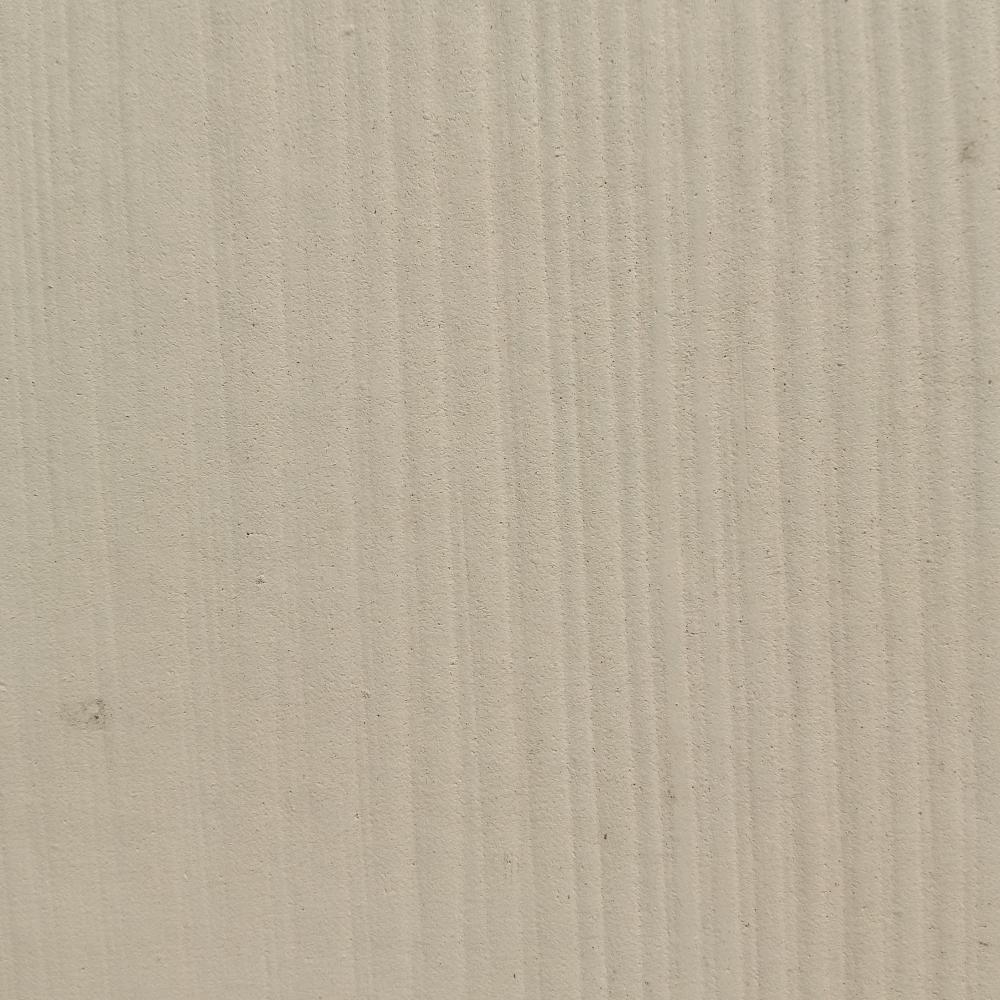
What is microcement and how does it differ from traditional flooring?
Microcement is a thin, highly adaptable coating composed of cement, polymers, and natural pigments. Unlike traditional flooring options like tiles or hardwood, microcement is applied as a continuous, grout-free layer that can be installed over existing substrates, minimizing renovation time and costs. Its appeal lies in its sleek, modern look and durability, offering high resistance to wear, moisture, and UV rays. Imagine transforming an old tile floor without the mess and hassle of demolition--microcement makes that possible.
Can microcement flooring be used in outdoor spaces?
Absolutely! Microcement is well-suited for outdoor applications because of its excellent resistance to UV rays, moisture, and temperature fluctuations. For instance, a homeowner in Los Angeles might choose microcement for their patio to ensure that it withstands the city's sunny weather while maintaining its vibrant appearance. This makes it a practical choice for exterior environments, offering both durability and aesthetic appeal.
What is the installation process for microcement flooring?
The installation of microcement begins with preparing the substrate by ensuring it is clean and stable. A primer is often applied to enhance bonding, followed by a base coat reinforced with fiberglass mesh to prevent cracking. Multiple layers of pigmented microcement are then applied, each sanded to achieve smoothness. The process concludes with decorative finishes and protective sealers to ensure waterproofing and slip resistance. Imagine the transformation when an old, worn-out concrete floor is turned into a seamless, modern masterpiece through this meticulous layering process.
How durable and resistant is microcement flooring?
Microcement is highly durable, making it suitable for both residential and commercial spaces. It resists UV discoloration and wear, which means it's not only tough against foot traffic but also retains its beauty over time. Its stain resistance is particularly advantageous in areas like kitchens. For example, a busy restaurant in Los Angeles with microcement floors would find cleanup easier and the surfaces maintaining their sleek appearance despite daily foot traffic and spills.
Are there sustainable aspects to using microcement?
Yes, there are. Microcement is often applied over existing surfaces, which reduces waste by eliminating the need for floor demolition. Moreover, its longevity and low maintenance mean reduced resource consumption over time. For those conscious about environmental impact, choosing microcement aligns with sustainable building practices. Imagine contributing to sustainability by simply opting for a flooring solution that reduces material waste and enhances energy efficiency in your home or business.
What are common misconceptions about microcement flooring?
A common misconception is that microcement is prone to cracking. However, when professionally applied using a robust system like the 11-layer process from Los Angeles Microcement, the result is a crack-resistant finish. Another myth is that it's difficult to maintain, but in reality, regular cleaning with mild detergents suffices, and periodic waxing can further enhance durability. Would these insights change your perspective on choosing microcement for your next project?
What maintenance does microcement flooring require?
Microcement floors are low maintenance, requiring only regular cleaning with mild soap and water to keep them looking pristine. For high-traffic areas, periodic application of protective waxes can add an extra layer of defense against wear. Consider how this minimal upkeep could ease your cleaning routine, giving you more time to enjoy your beautifully seamless floors.
How flexible are design options with microcement?
Design options with microcement are incredibly versatile, thanks to a wide range of colors and finishes available. From minimalist grays to vibrant hues, the possibilities are extensive. For example, Los Angeles Microcement offers over fifty color options, allowing for personalized customization in both interior and exterior spaces. Imagine the excitement of matching your new floor to your unique style, whether you prefer a matte, satin, or textured finish.
How does microcement contribute to hygiene and health?
Microcement's seamless, grout-free surface significantly enhances hygiene by eliminating crevices where dirt and bacteria typically accumulate. This makes it an ideal flooring solution for spaces like kitchens, hospitals, and childcare facilities where cleanliness is crucial. Imagine the peace of mind that comes with knowing that your floors contribute actively to a healthier environment in your home or workplace.
What future trends and innovations are expected in the microcement industry?
Future trends in the microcement industry include technological advancements aimed at improving the material's eco-friendliness and ease of application. Design trends are also moving towards minimalism and open-plan living, for which microcement flooring is perfectly suited. Consider how these innovations could impact your choices for future renovations, emphasizing both style and sustainability.
Resources
- Environmental Protection Agency (EPA) - The EPA's website provides information on environmental considerations, sustainability, and eco-friendly solutions.
- Centers for Disease Control and Prevention (CDC) - The CDC offers insights on health and hygiene, making it a valuable resource for understanding the importance of cleanliness in various settings.
- NSF International - NSF International focuses on public health and safety, providing certification for products and materials to ensure quality and standards compliance.
- World Health Organization (WHO) - The WHO offers guidance on health-related matters, including recommendations for maintaining cleanliness in different environments.
- National Geographic Society - The National Geographic Society explores topics related to sustainability, environmental conservation, and global trends.
